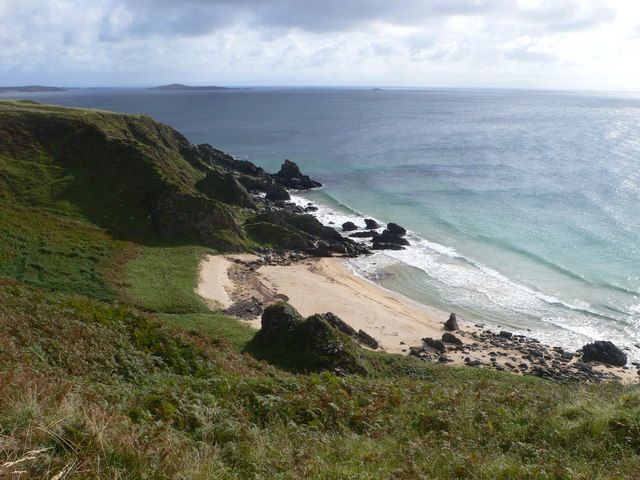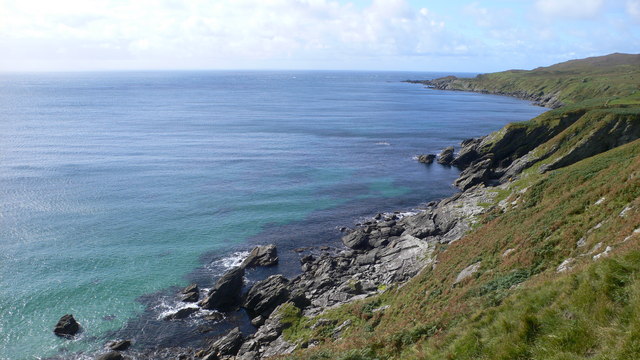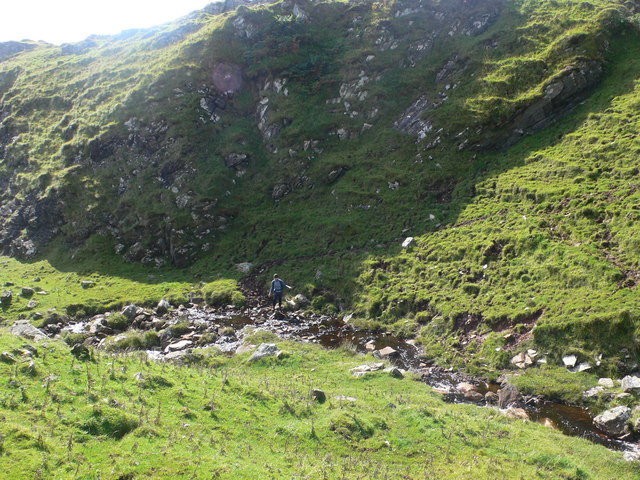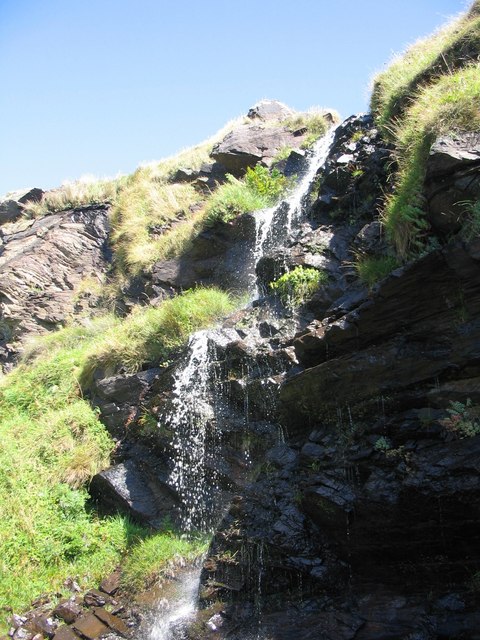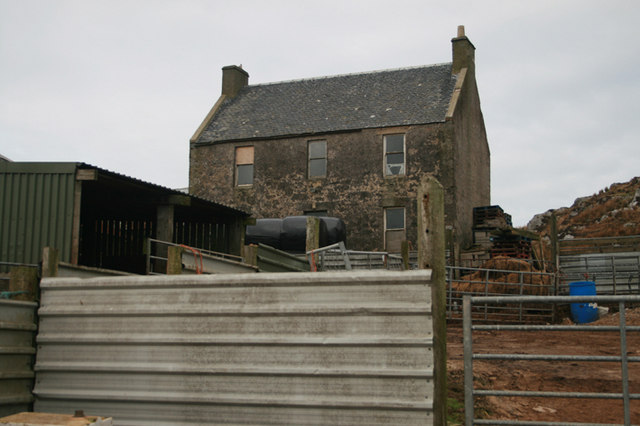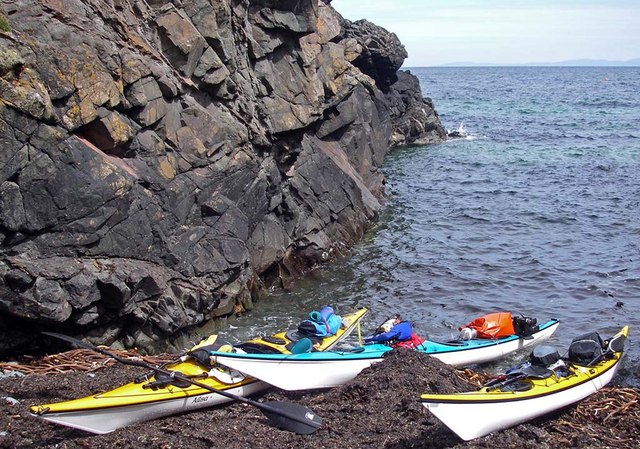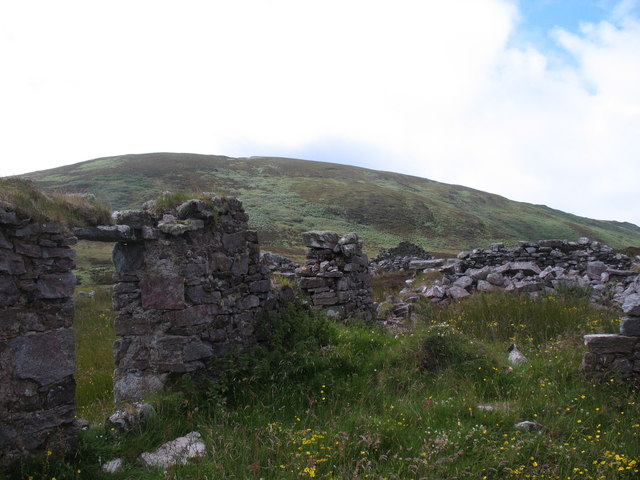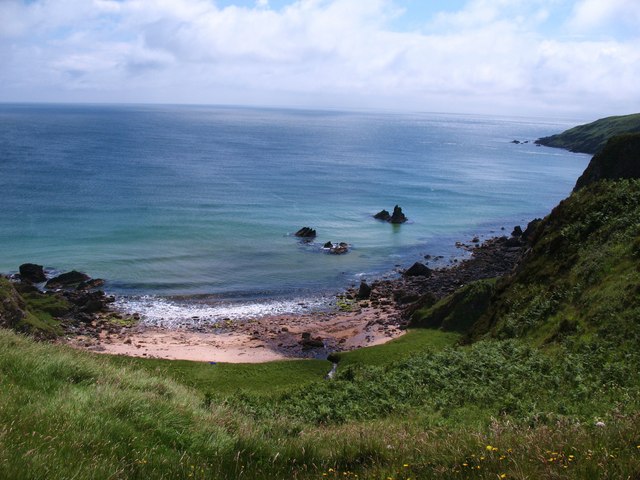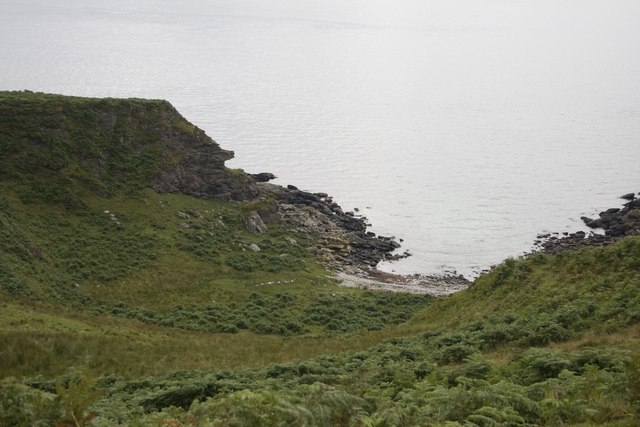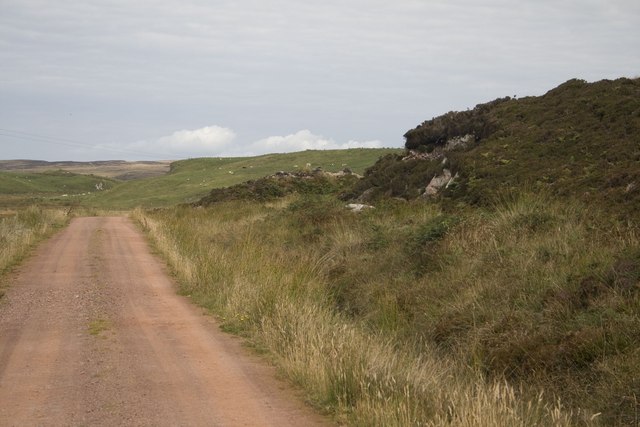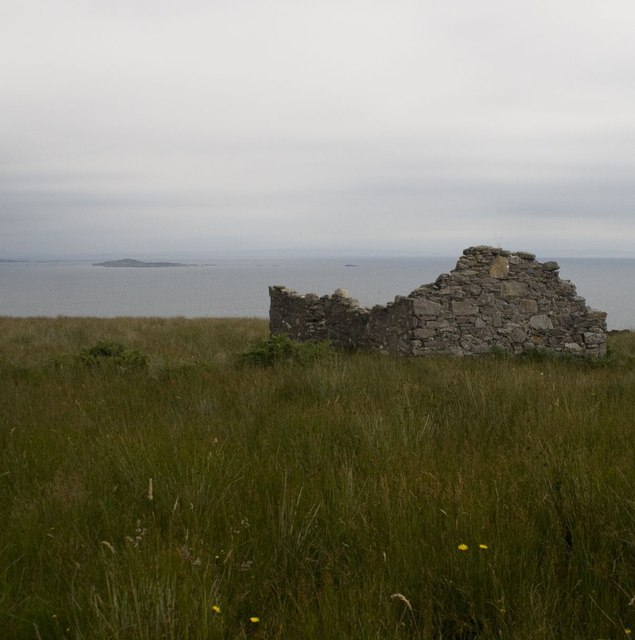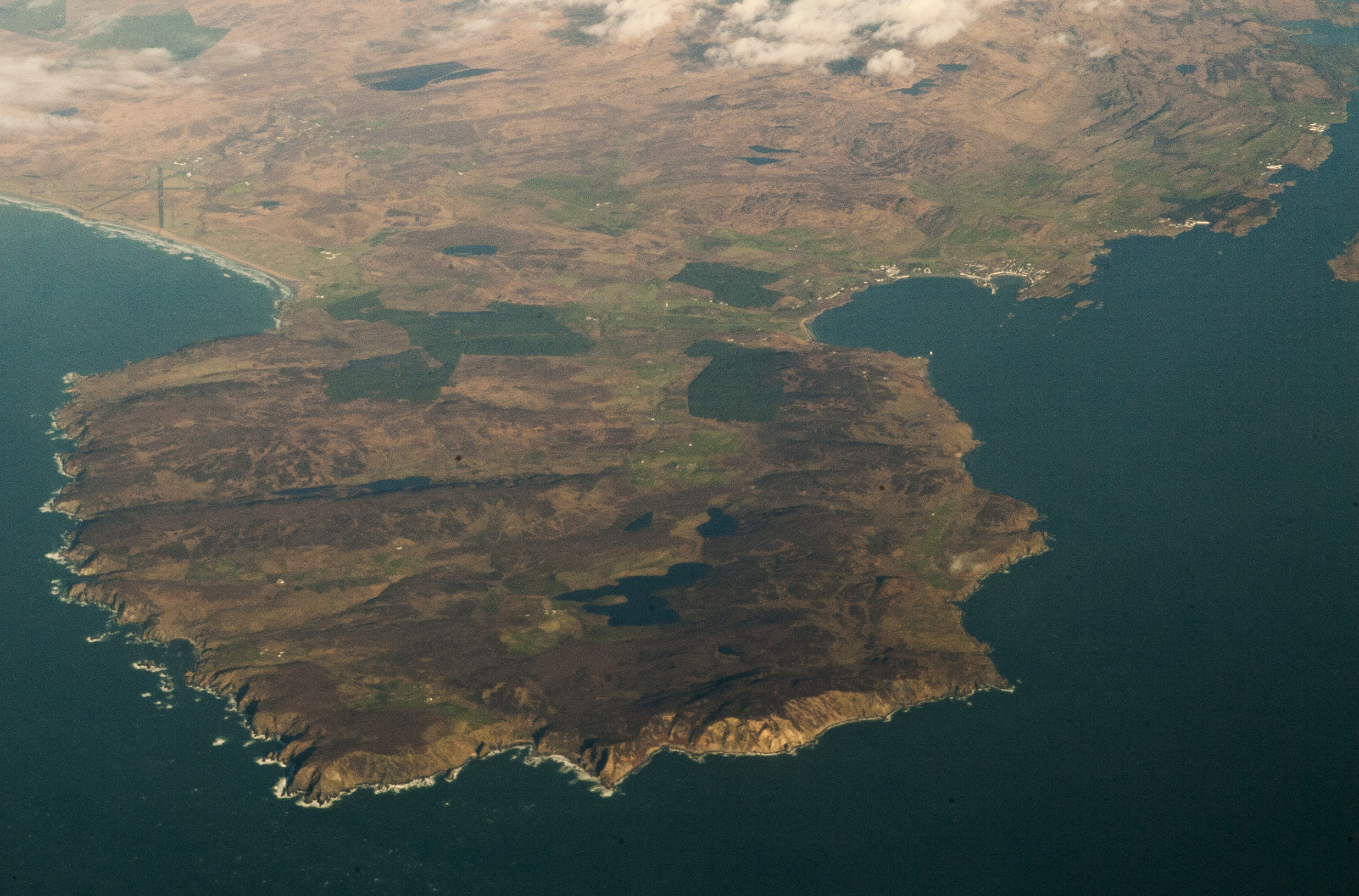Rubha Dubh Alt a' Mhadaidh
Coastal Feature, Headland, Point in Argyllshire
Scotland
Rubha Dubh Alt a' Mhadaidh
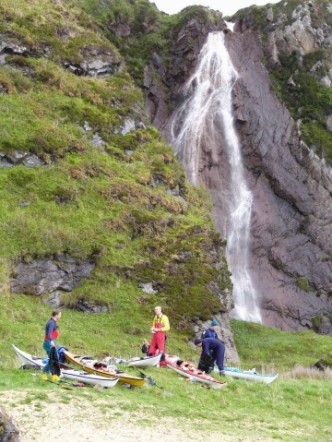
Rubha Dubh Alt a' Mhadaidh is a prominent coastal feature located in Argyllshire, Scotland. This headland, also known as the Black Point, lies on the western coast of the Scottish mainland, offering breathtaking views of the surrounding landscape and the vast Atlantic Ocean.
The headland is characterized by its rugged and rocky terrain, which adds to its dramatic appeal. Jutting out into the sea, Rubha Dubh Alt a' Mhadaidh forms a distinctive shape that is easily recognizable. The cliffs that line the headland are composed of ancient metamorphic rocks, creating an impressive backdrop against the crashing waves.
This coastal feature is also known for its rich biodiversity. The surrounding waters are home to a variety of marine life, including seals, dolphins, and numerous bird species. Birdwatchers will be delighted to spot seabirds such as guillemots, fulmars, and kittiwakes nesting along the cliffs.
Rubha Dubh Alt a' Mhadaidh is a popular destination for outdoor enthusiasts and nature lovers. The headland offers excellent opportunities for hiking and exploring, with several walking trails that lead visitors along the coastline. The views from the headland are nothing short of spectacular, providing a panoramic vista of the sea and the nearby islands.
Overall, Rubha Dubh Alt a' Mhadaidh is a captivating coastal feature that showcases the natural beauty and diversity of Argyllshire. With its stunning landscapes, abundant wildlife, and recreational opportunities, it is a must-visit location for anyone seeking to experience the allure of Scotland's west coast.
If you have any feedback on the listing, please let us know in the comments section below.
Rubha Dubh Alt a' Mhadaidh Images
Images are sourced within 2km of 55.591691/-6.2416492 or Grid Reference NR3241. Thanks to Geograph Open Source API. All images are credited.
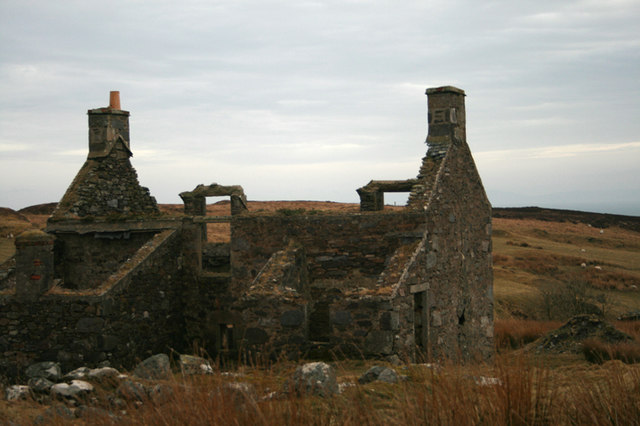
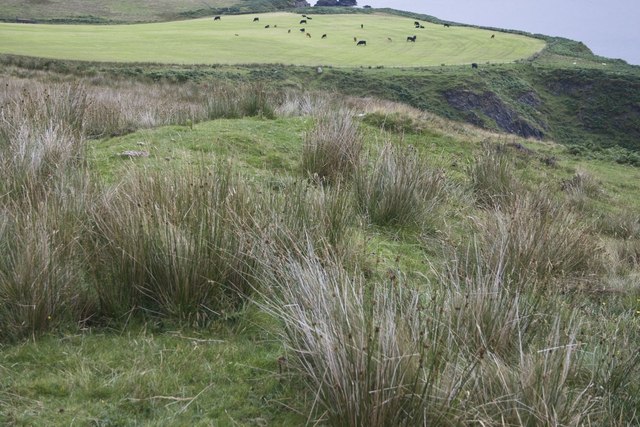
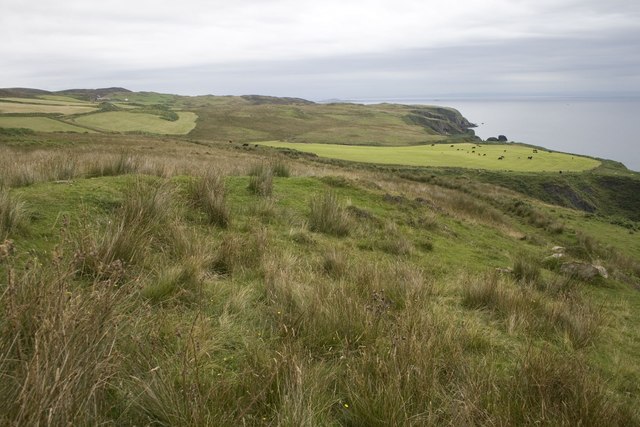
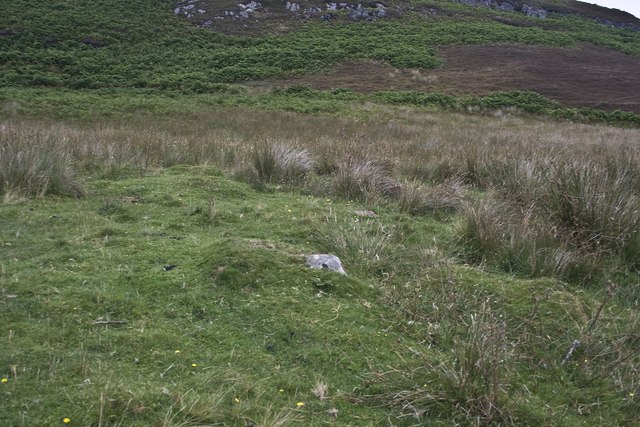
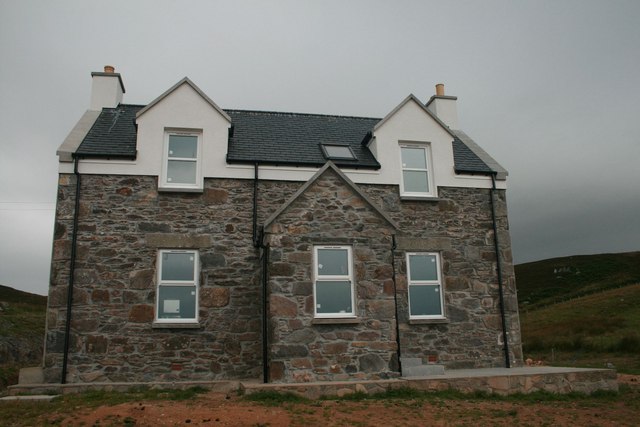
Rubha Dubh Alt a' Mhadaidh is located at Grid Ref: NR3241 (Lat: 55.591691, Lng: -6.2416492)
Unitary Authority: Argyll and Bute
Police Authority: Argyll and West Dunbartonshire
What 3 Words
///smoothly.press.extension. Near Port Ellen, Argyll & Bute
Related Wikis
The Oa
The Oa ( OH) (Scottish Gaelic: An Obha) is a rocky peninsula in the southwest of the island of Islay, in Argyll, Scotland. It is an RSPB nature reserve...
Eas Mòr, upper
Eas Mor is a waterfall is a waterfall on the Abhainn Ghil on the island of Islay in Scotland. It lies on The Oa peninsula south of Giol and west of Lenavore...
Port Ellen distillery
Port Ellen distillery is located in Port Ellen on the isle of Islay, Scotland. Port Ellen distillery reopened in 2024 after being closed since 1983....
St John's Church, Port Ellen
St John's Church, Port Ellen is a Category B listed building in Port Ellen, Islay, Argyll and Bute, Scotland. == History == The memorial stone for the...
Have you been to Rubha Dubh Alt a' Mhadaidh?
Leave your review of Rubha Dubh Alt a' Mhadaidh below (or comments, questions and feedback).
